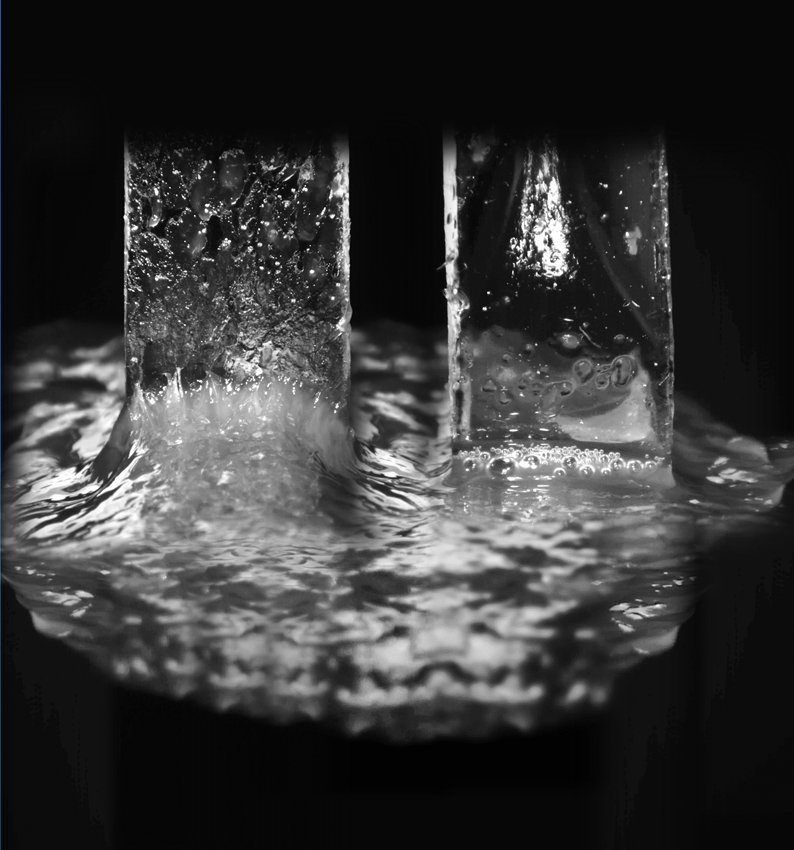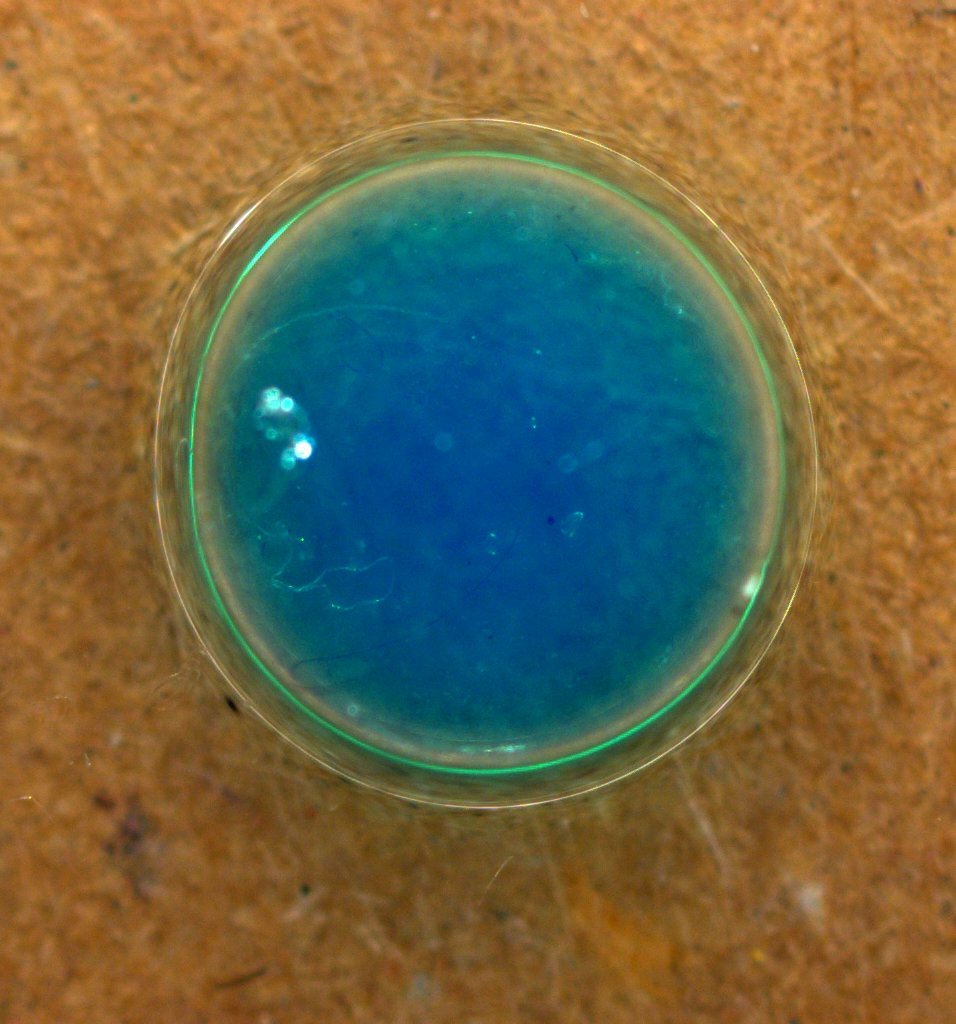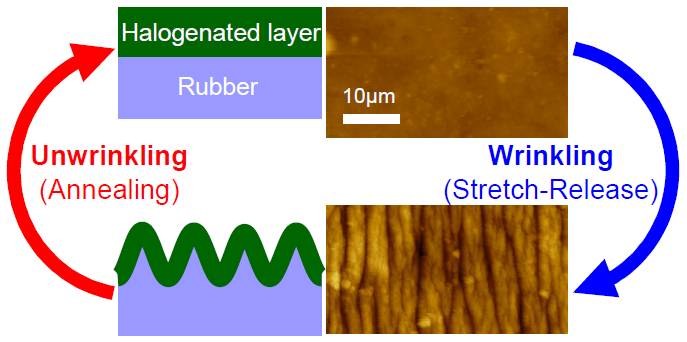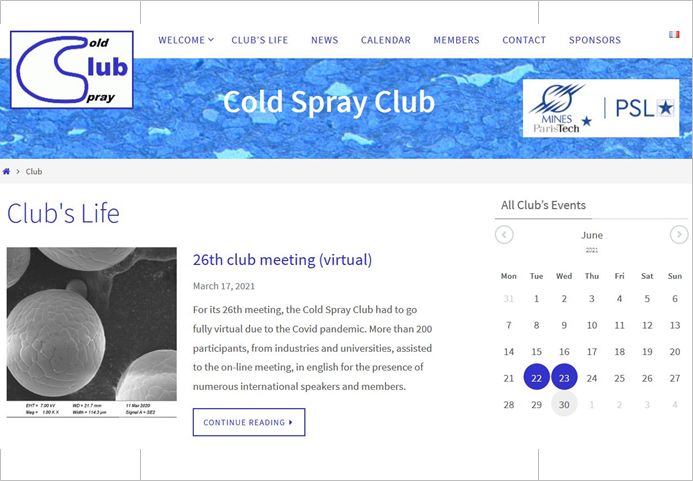



 Lecture
Lecture
Bio-based aerogels: new eco-friendly porous materials for thermal insulation and controlled release
| Home | Research | Publications | Teaching | People | CV |
Bioadhesive hydrogel membranes
 |
Attaching hydrogels to soft internal tissues is a key to the development of number of biomedical devices. Nevertheless, the wet nature of hydrogels and tissues render this adhesion most difficult to achieve and control.Using adhesion measurements on porcine liver, we have shown that the transport of fluids across hydrogel-tissue interfaces plays a central role in adhesion. A transition between adhesive and lubricated regimes is well explained by the process of draining of the hydrogel-tissue interface. These results shed a new light on the design of predictive bioadhesion tests as well as on the development of improved bioadhesive strategies exploiting interfacial fluid transport. Collaborations with Soft Matter and Chemistry laboratory (ESPCI Paris), B2OA laboratory (Paris Diderot U.), Alfort National Veterinary school (ENVA), AP-HP Surgery school, Centre Hépato Biliaire (Paul Brousse Hospital). Michel R. et al. PNAS on line (2019) |
| Front views of hydrogel membranes peeled from porcine liver in adhesive (left) and lubricated (right) regimes. |
Swelling induced gelation
 |
Hydrogel films are essential components of devices interfaced with biological systems. Their design is greatly challenged by the need to find mild synthesis and processing conditions that preserve their biocompatibility and the integrity of encapsulated compounds. We have shown that the solvent depletion created at the surface of swelling polymer substrates can be used to induce the gelation of auto-associative polymer solutions. Hydrogel films can be produced within minutes to hours with thicknesses ranging from tens to hundreds of micrometers. Other solutes like colloids or cells can be incorporated in the so-formed hydrogel films to provide other functionalities of interest for implant design, tissue engineering or cell culture. Collaboration with Soft Matter and Chemistry laboratory (ESPCI Paris), INSERM UMR 1124 (Paris Descartes Univ.) Moreau D. et al. PNAS 46, 1463-1470 (2013) |
| Hydrogel film growing at the surface of a swelling hydrogel bead. |
Hydrogel fibers for soft tissue substitutes
|
Polymer hydrogels combine biocompatibility and unique low friction properties; however, their prior use for ligament reconstruction has been restricted to coatings due to insufficient tensile mechanics. We investigate how hydrogel fibers can form soft tissue substitutes having both a high water content and high tensile performances. We have developped fibrous constructs of pure PVA hydrogels fibers which closely reproduce the non-linear tensile stiffness and strength of native ligaments. In vivo validation of the biocompatibility and biomechanical performance is on-going in collaboration with biomechanicians, orthopedic and veterinary surgeons. Collaborations with Prof. David N. Ku (GeorgiaTech), B2OA laboratory (Paris Diderot U.), l'Institut de Biomécanique Humaine (ENSAM).
Moreau D. et al. Journal of Materials Science: Materials for Medicine 28(8), 114 (2017) |
|
| Bundles of hydrogel fibers under cyclic testing in water. |
Previous research
Erasable wrinkling of rubber surfaces
 |
Few surfaces exist at rest in either wrinkled or unwrinkled states and switch reversibly between these states. We study how to create reversibly wrinkling systems using halogenation of rubber to induce a local increase in glass transition temperature within a thin layer at the surface. Microscopic wrinkles are produced by unstretching a stretched film below the glass transition temperature of the brominated layer. These surface patterns are erased within seconds when the wrinkled layer is heated above its glass transition and recovers its initial equilibrium dimensions. Collaboration with Valeo. El Haitami A. et al. Langmuir 29(50):15664-72 (2013) |
| Erasing of wrinkles upon heating. |
Deformation and self-healing mechanisms in supramolecular rubbers
 |
Comparaison of bulk rupture (gray), separation of fresh fracture surfaces (red) and aged fracture surfaces (green). |
|
A remarkable self-healing property has been achieved recently with rubbers formed by a supramolecular network of oligomers. We have developped a tack-like experiment where two parts of supramolecular rubber are simply brought into contact and then taken apart. These measurements provide quantitative data to investigate the intensity and kinetics of self-healing. Collaboration with Soft Matter and Chemistry laboratory, ESPCI-ParisTech Maes F. et al. Soft Matter, 1681 (2012) |
|

A new version of the COLD SPRAY CLUB website is now…
The COLD SPRAY CLUB concerns laboratories, technology…
> En savoir +

Formation
A MINES ParisTech PhD student awarded at the…
Josiane Nguejio, PhD student at Centre des Matériaux…
> En savoir +

Recherche
The FEMS Lecturers 2014-2015 include Henry PROUDHON
Lecturer Series This is a scheme which sponsors selected…
> En savoir +

Recherche
award for a team of Centre des Matériaux
Nicolas Gueninchault who work in teams M2 and COCAS with Henry…
> En savoir +
Recherche
The SF2M award three medals to doctors of the centre des…
The medal Réaumur is given by SF2M, each two…
> En savoir +
